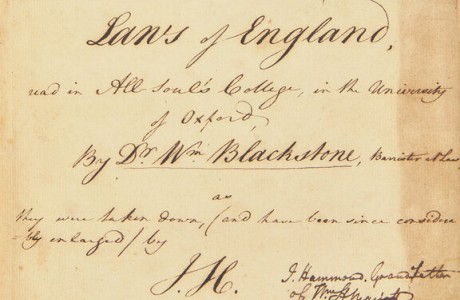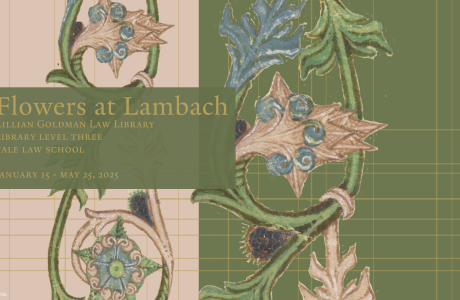Justice as a Sign of the Law: Justice Without Her Blindfold
By the sixteenth century, the blindfold had come to be seen as a potentially positive constraint on earthly Justice, seen to be at risk of corruption or of misplaced passion. But Justices without blindfolds remained commonplace, as seen in the 1669 edition of the Republic of Genoa’s criminal statutes. The engraving is by Giuseppe Maria Testana (d. 1679), a printmaker and engraver whose works included allegorical images and portraits of popes, cardinals, and other public figures.

Genoa (Republic). Criminalium iurium serenissimae reipublicae Genuensis, libri duo (Genoa: Giovanni Battista Tiboldi, 1669). Lillian Goldman Law Library.
“The Remarkable Run of a Political Icon: Justice as a Sign of the Law” is curated by Judith Resnik, Dennis Curtis, Allison Tait, and Mike Widener, and is on display Sept. 19-Dec. 16, 2011, in the Rare Book Exhibition Gallery, Level L2, Lillian Goldman Law Library, Yale Law School.


